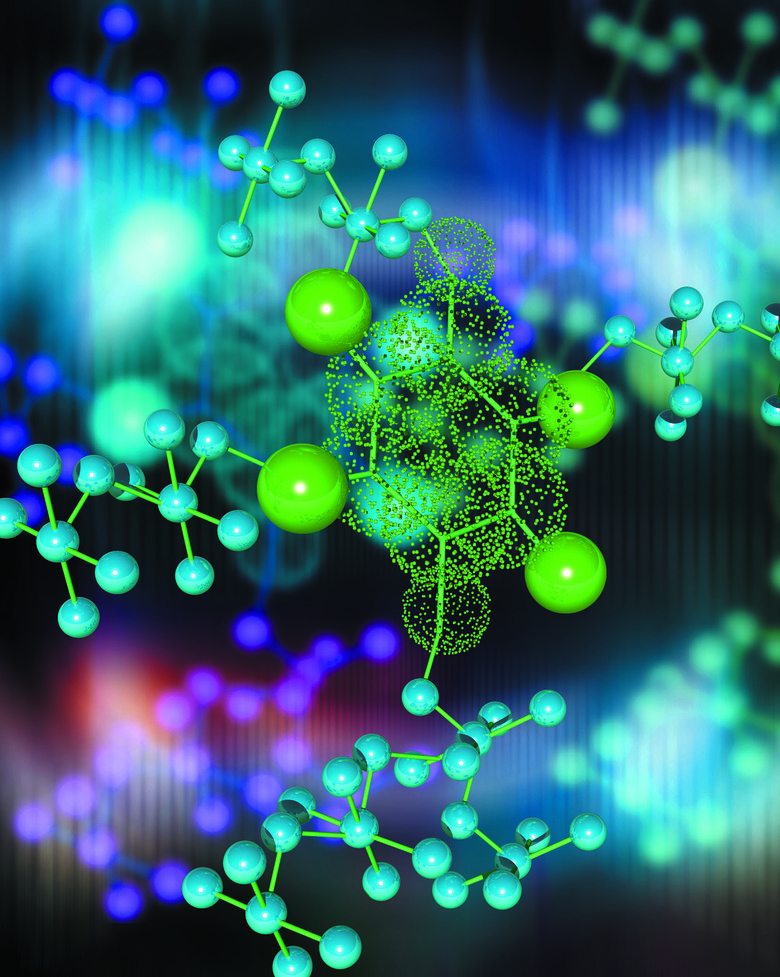Who Discovered Iodine 131?
Iodine-131 is a volatile radioactive isotope of iodine. It was discovered by research scientists Glenn T. Seaborg and John Livingood in 1938 at the University of California, Berkeley radiation laboratory. Iodine-131is widely used in nuclear medicine. Its uses include treating thyroid cancer and other conditions, medical imaging and diagnosing liver and kidney function problems.
Glenn T. Seaborg
Glenn T. Seaborg
Glenn T. Seaborg was born to Swedish immigrants in the Upper Peninsula of Michigan in 1912. He moved to California at age 10. Seaborg earned a Ph.D. in Chemistry from the University of California, Berkeley in 1937 and worked for the California university system for many years thereafter. He co-discovered iodine-131 and more than 100 other isotopes over the course of his career. He counted the discovery of Iodine-131, which was used to prolong his mother's life by treating her thyroid condition, among the most notable of his many accomplishments, which also included winning the Nobel Prize for Chemistry in 1951. He endeared himself to the Swedish population when he responded to King Gustav VI's Nobel Prize toast in Swedish, which he had learned to speak as a young child.
Work for the Government
Work for the Government
During World War II, Seaborg worked on the Manhattan Project, which developed the first atomic bomb. Later, he would say, "During the Manhattan Project, I had helped create the most destructive manmade force ever known. But I was convinced that the atom had even greater potential for peaceful uses." He would later serve as chairman of the Atomic Energy Commission by appointment of U.S. President John F. Kennedy.
John Livingood
John Livingood
John Livingood is best known for his work in experimental nuclear physics, especially his work with Seaborg at the radiation laboratory at Berkeley. While there Livingood co-discovered iodine-131 and many other isotopes. He helped design and construct the earliest cyclotron, a type of accelerator used to separate subatomic particles.
Iodine-131 Timeline
Iodine-131 Timeline
It did not take the scientific community long to put Seaborg's and Livingood's discovery of iodine-131 to use. By 1939, a paper had been published outlining its potential for medical diagnostic use. In 1946, it was first used to treat thyroid cancer. The next year, it was used to probe the brain for tumors. By 1950, iodine-131 was being used for cardiac blood flow imaging. Iodine-131 became the first radiopharmaceutical approved for use by the FDA in 1951. In 1955, it was used for diagnosing liver problems and in 1982, it was first used to treat malignant melanoma.
Cite This Article
MLA
Markey, Dell. "Who Discovered Iodine 131?" sciencing.com, https://www.sciencing.com/who-discovered-iodine-131-12757092/. 11 November 2013.
APA
Markey, Dell. (2013, November 11). Who Discovered Iodine 131?. sciencing.com. Retrieved from https://www.sciencing.com/who-discovered-iodine-131-12757092/
Chicago
Markey, Dell. Who Discovered Iodine 131? last modified August 30, 2022. https://www.sciencing.com/who-discovered-iodine-131-12757092/
